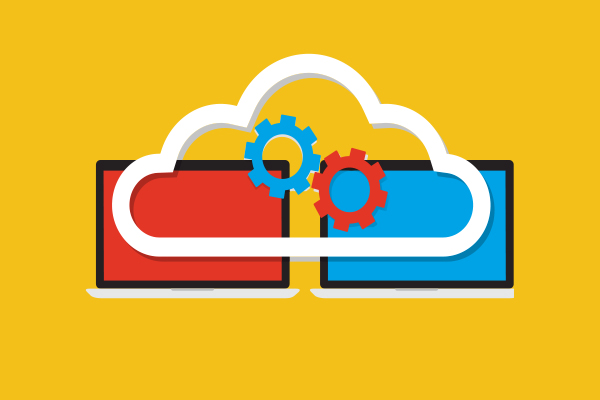Hybrid cloud implementations are becoming standard for companies building next-generation cloud applications. The following are three key questions that need to be considered to be able to run and manage database operations that support both environments.
How simple is it? The underlying architecture of a database plays a big role in how simple it is to make hybrid cloud a reality. For starters, a masterless database architecture that sees every installation and running instance of the database software in the same way will inevitably be simpler to run and manage versus a master-slave or other similarly styled design. The latter will almost always have parts of the deployment devoted to different activities and functions and be more difficult to handle.
The foundational architecture of a database is closely tied to its replication capabilities, which also plays a key part in how simple the deployment is to run and maintain. Part of the idea in using a hybrid cloud database deployment is being able to have multiple copies of the data in various locations that serve to: (1) provide consistent performance no matter the location of the web/mobile user; (2) deliver continuous uptime and no outages at the database level vs. the legacy failover capabilities of centralised databases; (3) supply location independence where both write and read operations are concerned; (4) keep certain data local, other data cloud-only, and some data shared in order to satisfy legal and other business requirements.
How scalable is it? One of the biggest draws of the hybrid cloud model is the ability to quickly scale and meet the rapid demands of more application users and growing data volumes. The key is to avoid idle compute resources and elastically expanding or shrink a database deployment so its capacity matches either current or forecasted demand.
While a nice idea, predictably scaling a database across on-premise and the cloud is not an easy task. Many DBaaS offerings appear to provide easy scale, but underneath the covers it involves a tremendous amount of structure that, in the end, will not deliver the performance and scalability needed to meet the growth requirements of successful cloud applications.
How secure is it? Security is top of mind for every organisation considering hybrid cloud deployments. Some studies show that nearly 70 percent believe moving any part of their database to a cloud increases their chances of unauthorised access, with others pointing to common concerns that includes account compromise, cloud malware, excessive data exposure and over-exposed personally identifiable information.
To alleviate these bottlenecks, the database being targeted for hybrid cloud should have an enterprise-class security feature set providing the same levels of protection and security management for data regardless of where it is housed. Encryption should be utilised for all data transferred over the wire, between nodes and at rest.
Beyond standard security management, there is another consideration becoming more prominent every day – data sovereignty (sometimes referred to as data residency). Data sovereignty addresses the idea that stored data is subject to the laws of the country in which it is located.
Hybrid cloud is here to stay. Since database is the heart of nearly every application, it’s important to ensure any database being considered for a hybrid cloud deployment is simple to operate in such environments, can scale in a predictable fashion, and ensures solid data security.





